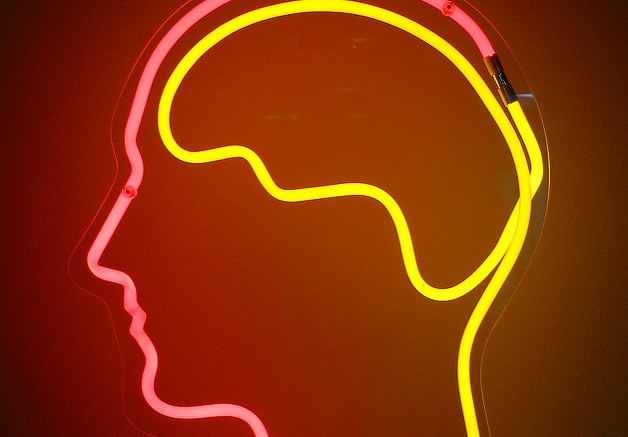Transcranial Direct Current Stimulation (tDCS) is a wearable, non-invasive, painless brain stimulation technique that delivers low, steady electric current to the scalp. While the treatment is only partially approved (for a select few manufacturers, that is) by the FDA, several studies have shown that it is a promising tool in the treatment of neuropsychiatric conditions such as anxiety, depression, chronic pain, and Parkinson’s disease. Research has also shown that some patients demonstrated cognitive improvement after undergoing tDCS.
How does tDCS work?
tDCS stimulates the brain via low, steady electric current applied to specific areas of the scalp. The current is usually fixed between 1 mA and 2 mA. This low intensity current is delivered via two electrodes – a positive (anodal) and negative (cathodal) electrode placed over the head, which regulates neuronal activity. In fact, this produces two types of tDCS stimulation where the anodal stimulation excites neuronal activity meanwhile cathodal stimulation acts to reduce or inhibit neuronal activity. The position of the electrodes on the head is used to manipulate current flow to specific regions of the brain. Overall, tDCS works as a neuromodulation technique that can produce instantaneous and lasting change in brain function.
Since tDCS employs a low, steady current to stimulate the brain, the current is not strong enough to trigger an action. It does, however, change the pattern of neurons that are already active in the brain. To put this in perspective, imagine that your brain is active. You are trying to learn something new, and you want to boost this activity. Typically when our brain is learning, it involves changes in neuronal firing and synaptic transmission between neurons. When tDCS is employed, it works to strengthen and connect the entire process by augmenting synaptic plasticity.
tDCS is often used with sufficient training as training itself promotes synaptic plasticity which stimulates learning. At the same time tDCS works to amplify this synaptic plasticity for maximum effects.
What is tDCS being used for?
Currently, tDCS clinical applications of tDCS is being explored to treat illnesses such as depression, addiction, schizophrenia, epilepsy, motor rehabilitation, and the list goes on. At the Johns Hopkins Physical Medicine and Rehabilitation Centre, brain stimulation is being used to treat conditions such as stroke, traumatic brain injury (TBI), as well as symptoms relating to chronic pain, movement disorders, language disorders, and impaired cognition.
In the non-medical arena, tDCS is also being explored to be used for wellness applications such as learning, relaxation, focus, and meditation.
Are there any side effects of tDCS?
Using a device to ‘stimulate the brain’ might sound quite unnerving. Nevertheless, research into the side effects of tDCS while still ongoing, has only shown minor, temporary symptoms specific to electrode location. These symptoms include temporary redness, itchiness, and tingling sensation on the skin. Other side effects of tDCS are such as nausea, dizziness, and headache. However, it is important to highlight that nausea, dizziness, and headaches were also recorded in the group with placebo tDCS stimulation.
Having said that, using tDCS devices correctly will prevent further side effects. For instance, if the electrodes are located too close to the eyes, it may cause a temporary flash of light. This light is not dangerous but it can be quite disconcerting. Improper tDCS usage can also cause skin burns.
Is tDCS approved by the FDA?
tDCS is approved as a medical treatment in most parts of the world including Singapore, Israel, and the European Union. Currently, tDCS is not yet FDA approved for medicinal use and in the USA, it is classified as “Investigational”. However, tDCS can be used as a non-medical device for overall wellness. For these purposes, researchers and experts deem tDCS as low-risk.
Where can I find tDCS in the US?
The FDA “Investigational” status of tDCS does not correlate with efficacy as it simply means that no firm decision has been made. Typically, the FDA will only issue a decision once companies begin to show interest in marketing the particular product. Thus, the use of tDCS in the US is not allowed to be marketed with any clinical indications. Doctors in the US, however, are allowed to administer ‘off-label’ treatment.
More research into tDCS is currently underway to elucidate the therapeutic functions of tDCS in neurorehabilitation. Nevertheless, there has been growing scientific evidence of tDCS in modulating brain functions to promote new signs of activity and functional improvement in both disabled and healthy individuals. As, we better understand tDCS neuromodulation, and with technological advancements, the use of tDCS as an effective therapy is on a promising path.
